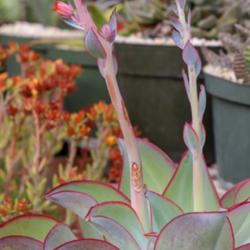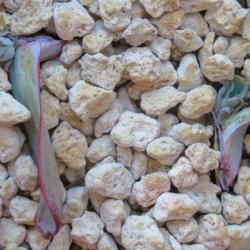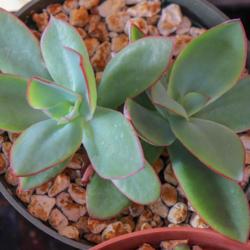I repot maybe a dozen plants a week year-round, in pot sizes from 4" to 12" (mostly). Our climate is quite mild and almost all my plants are outside. I will try to answer the questions in order:
1. I repot year-round (mild climate) and try to time the activity for when the soil is going dry but is not quite there. That allows me to visually confirm my prediction and maybe adjust the watering schedule if it did not match reality. When in doubt, dry soil is much easier to work with than wet soil. So maybe 5 days into a 7 day cycle I might repot some of the smaller plants. For plants that have an active season and a season of rest, I try to repot near the start of the active season.
2. I prefer to leave the root ball exactly as is when I move plants up a size. Disturbing the roots introduces additional risk and they are generally perfectly able to explore new soil without special help. For some plants root pruning may provide a rejuvenating effect, but I'd imagine that very much depends on the plant. When in doubt, leave the roots alone.
3. Soil removal is not something I typically do. There are times when it might be necessary. In the extreme sense, bare-rooting, or total soil removal (typically performed in order to ship succulents in the mail) is quite common, and generally safe with most succulents. The big advantage of acquiring plants this way (to the extent there is one) is that it allows the recipient to control the soil mix from day one.
I can think of three reasons I might remove some or most of the soil. (1) To perform a close examination of the roots, if there is a potential insect problem down there; (2) to get rid of existing soil that I don't like, or is very different from what I want to use; or (3) to separate offsets at the time of repotting. I can add a fourth for people who rely on the soil for nutrients, and do not provide regular fertilizer during the growth season: (4) to replace old, worn-out soil which has given up all its nutrients.
4. When considering the new pot size, I try to assess two things. (1) What is the full potential size of the plant? (2) How fast do I anticipate it growing, and thus filling the new pot? Generally I make small steps in size wherever possible, so a seedling of an extra-large plant might go through these steps, one at a time, a few months to a couple of years in between.
4" -> 6" -> 8" -> 10" -> 12-14"
You want to avoid giant leaps in pot size, because they will tend to lead to wet feet, unless you know you're dealing with a fast-growing, rot-resistant plant that actually can use the extra space early on. The steps outlined above correspond to an increase in volume of 2-4 fold per step.
5. Don't forget to check out the roots when you repot. You can learn quite a bit from paying attention to this part of the plant, which you don't normally get to see. And don't forget to check the old soil carefully as well, to see how it changes over time, and whether it's different from the new one.
Basic repotting steps: (1) Fill the bottom of the new pot with soil, and check the level by putting the old pot (plant and all) on top of that soil. The old soil level should line up near the top of the new pot when you do this. (2) Pop out the plant from its pot with the rootball fully intact if possible. Sometimes a bit of pressure from below with my thumb allows me to get it moving, but generally it's best to let gravity do most of the work, if you can. (3) Drop the root ball on top of the soil in the new container, and fill in around it, aiming for a final soil level that's level and flush with the original (not higher, not lower).
6. Be gentle, take your time, observe from all angles.
Most importantly: Do not water right away after repotting. Wait a week to water for the first time if you handled the roots at all. If it was a simple pop, drop, and fill, then I usually wait a day or two to water. This waiting period is very important for plants which may have been injured during repotting. The roots need time to heal. Otherwise if they are immediately subjected to dirty water, there's a significantly higher risk of rot.




That's the reason I stopped using teracotta.